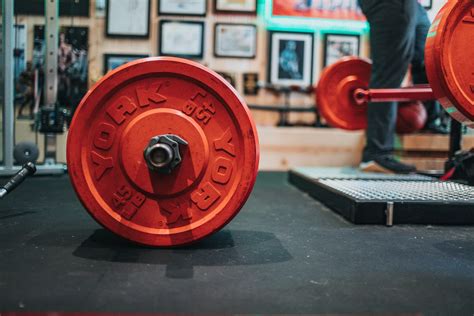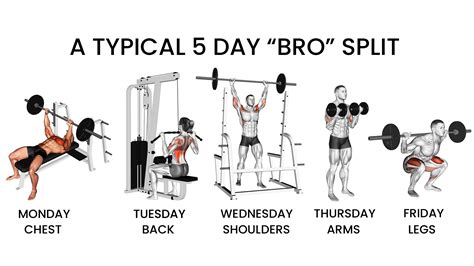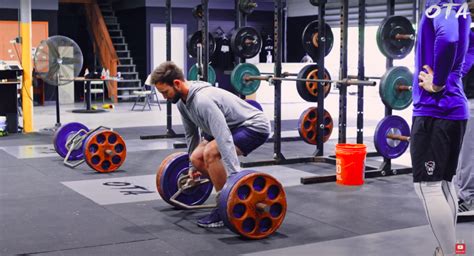What’s the most time-efficient workout split for peak strength and muscle gains?

Optimizing Your Gym Time for Maximum Results
In today’s fast-paced world, finding an effective workout routine that delivers peak strength and muscle gains while respecting your limited schedule is paramount. The ‘best’ workout split isn’t a one-size-fits-all answer, but rather one that aligns with your recovery capacity, training experience, and, crucially, the time you have available. We’ll explore the most time-efficient splits that can help you achieve significant progress.

Full-Body Workouts: High Frequency, High Efficiency
For many, particularly beginners and intermediate lifters, a full-body workout split stands out as incredibly time-efficient. By training all major muscle groups 2-3 times per week, you maximize protein synthesis frequency and allow adequate recovery between sessions. A typical full-body session might involve 4-6 compound exercises (squats, deadlifts, bench press, rows, overhead press) performed for 2-4 sets each. This approach allows for consistent practice of foundational movements, leading to rapid strength adaptations and comprehensive muscle development.
- Pros: High frequency for all muscle groups, excellent for strength and skill acquisition, fewer gym days required.
- Cons: Sessions can be demanding if volume is too high, less direct isolation work.
Upper/Lower Split: A Balanced Approach
The Upper/Lower split is another highly effective and time-efficient option, typically involving 4 training days per week (e.g., Upper, Lower, Rest, Upper, Lower, Rest, Rest). This allows you to dedicate more volume to specific muscle groups within each session compared to a full-body routine, while still hitting each major group twice a week. This split offers a great balance between frequency, volume, and recovery, making it ideal for those who can commit to four days a week.

An upper day might focus on chest, back, shoulders, and arms, while a lower day targets quads, hamstrings, glutes, and calves. The increased volume per session per muscle group can be beneficial for hypertrophy, and the structured approach simplifies program design.
Push/Pull/Legs (PPL): Volume and Recovery Combined
The Push/Pull/Legs (PPL) split, when done twice a week (6 days total), is another powerhouse for both strength and hypertrophy. While it requires more gym days than full-body or upper/lower, each session is highly focused. Push days target chest, shoulders, and triceps; Pull days hit back and biceps; Leg days focus on lower body. This split is efficient in that it groups synergistic muscle groups, allowing for higher volume per session without over-fatiguing individual muscles before their next workout.

For those with less time, a 3-day PPL split (hitting each group once a week) can still be effective, though it might be less optimal for maximum frequency compared to 2-3 full-body sessions or 4 upper/lower sessions. However, the 6-day PPL is extremely popular among advanced lifters due to its ability to maximize volume and recovery for specific muscle groups.
Key Factors for Time Efficiency
Regardless of the split you choose, several principles enhance time efficiency and results:
- Compound Movements: Prioritize exercises that work multiple muscle groups simultaneously (squats, deadlifts, presses, rows). They offer the most bang for your buck.
- Progressive Overload: Consistently strive to lift more weight, perform more reps, or increase time under tension over time. This is the fundamental driver of strength and muscle growth.
- Smart Rest Intervals: Adjust rest periods to suit your goals. Shorter rests (60-90 seconds) for hypertrophy, longer rests (2-3 minutes) for strength.
- Minimizing Distractions: Stay focused in the gym; avoid long breaks for phone use.
- Proper Nutrition and Recovery: Your time in the gym is only half the battle. Adequate sleep and a protein-rich diet are crucial for muscle repair and growth.

Making the Right Choice for You
For someone seeking the absolute most time-efficient split for peak strength and muscle gains with limited gym days (2-4 per week), a Full-Body workout 2-3 times a week or an Upper/Lower split 4 times a week are often the top contenders. They allow for high frequency of muscle activation, promoting consistent progressive overload and robust muscle protein synthesis without demanding daily gym visits.
Ultimately, the best split is the one you can adhere to consistently over the long term. Experiment with these options, listen to your body, and track your progress to determine which time-efficient strategy yields the best results for your individual goals and lifestyle.








